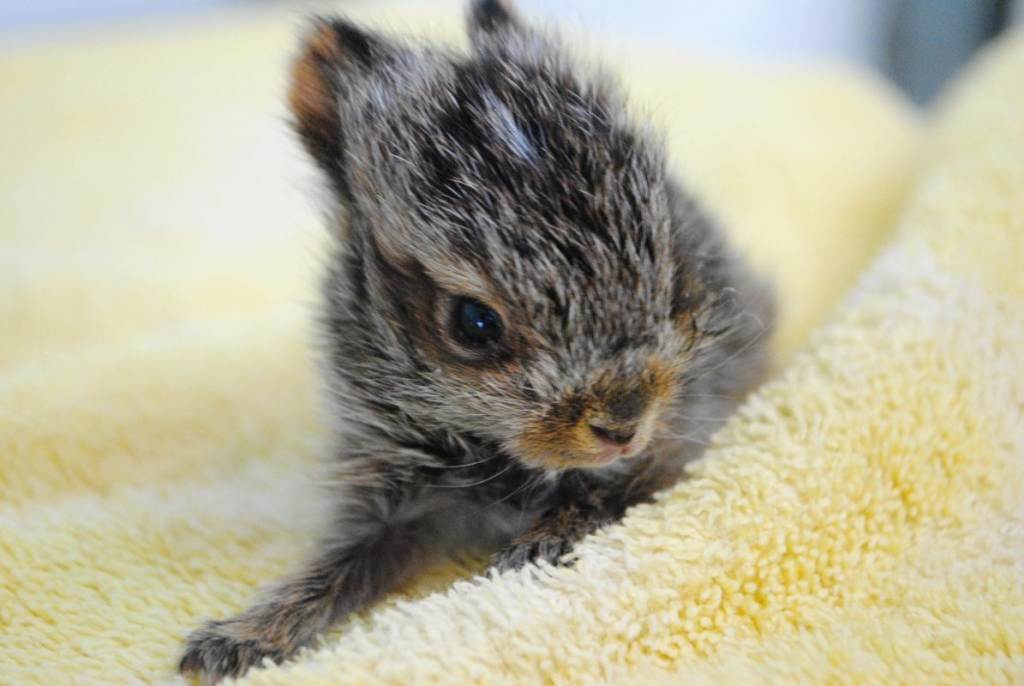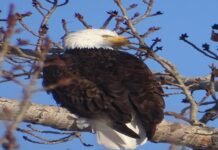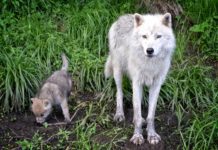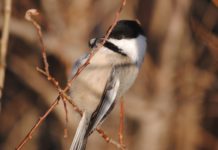In the spring and summer, Calgarians often come across little critters that are a part of our urban wildlife population. Humans are often eager to assist young animals and birds that they think are on their own, but how do you tell if they really need our help?
Is it orphaned/abandoned?
If you are not sure if the animal is orphaned or abandoned, watch it from a distance so as not to frighten the parents from returning. Check on the animal periodically for 24 to 48 hours to see if it is still there. DO NOT touch or move the young animal unless you are absolutely certain that it is orphaned or is in immediate danger. With some species, it is normal for parents to leave their offspring alone for extended periods of time. Many infant mammals are left on their own while their parents are foraging for food. In many bird species, the offspring outgrow their nest and their parents continue to raise them on the ground. Many species return to their young to care for them near dusk and dawn.
A young animal that looks well-fed, has bright eyes and clean fur or feathers, and is showing no signs of distress, is probably not orphaned.

See a Hare, Leave it There!
Both Snowshoe and White-tailed Prairie Hares will be having babies throughout the spring and summer. Hares are born fully furred and with their eyes open. They can hop around within hours of birth. It is the strategy of hares to leave their young for long periods of time under bushes and in the grass to protect the babies from predators since young hares have no scent. Mother hares return to feed their young as little as twice per day and baby hares will freeze (not moving at all) when threatened. Most baby hares are not orphaned and will have best chance of survival with their own mothers.
Fledgling Birds
Did you know that many young birds spend time on the ground? Fledgling birds that are too big for the nest but cannot quite fly yet, may end up spending some time on the ground while learning how to fly. This is normal behavior! Parents will be nearby protecting and feeding their young during this transition. Most fledglings have almost all their feathers, and are only slightly smaller than adults. If you see a fledgling bird, admire it from afar. As long as the parents are around, and it is not being threatened, it doesn’t need help.
Fawns
Most fawns are born in May and June. They are routinely left alone by the mother deer (a doe) during the first two weeks of life. They are simply unable to keep up with mum during that time. These babies, like the hare, have no odor to attract predators, and have natural camouflage because of their colouring. The doe feeds well away from their baby, leaving the fawn hidden in long grass or underbrush, and returning to feed, clean, and move them regularly. Even if you think a fawn is not being cared for by its mother, DO NOT TOUCH IT or your scent will be transferred to it, discouraging the mother from caring for it if she does return. Come back the next day to check on it. If it is in exactly the same spot and bleating (crying), or wandering around appearing to be distressed, it may need help. Most fawns have the best chance of survival with their own mothers.
If you find an injured or orphaned wild bird or animal in distress, please contact the Calgary Wildlife Rehabilitation Society hotline at 403-239-2488, for tips, instructions and advice, or look at the website at www.calgarywildlife.org for more information.









